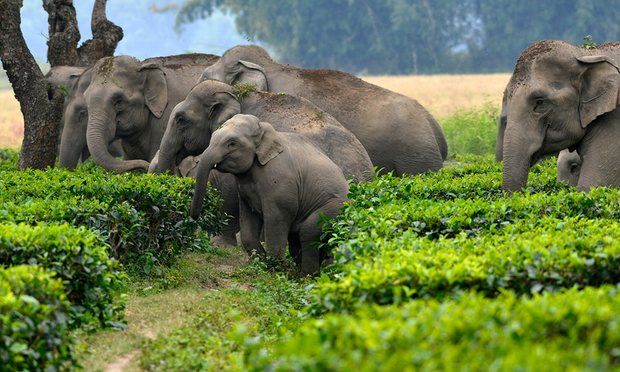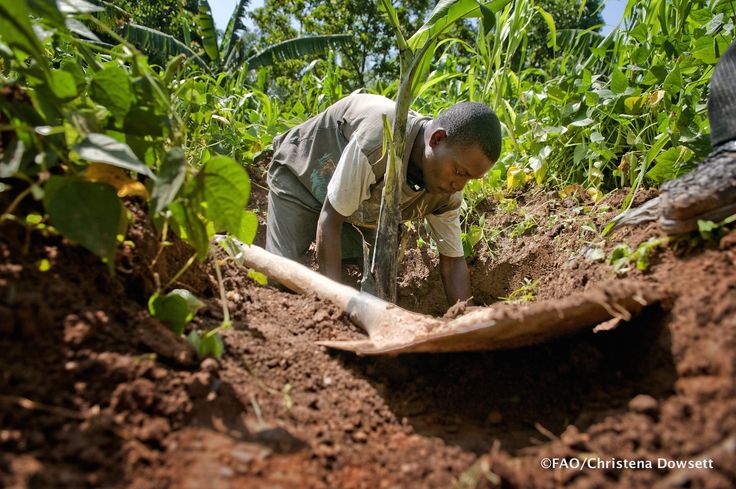In today’s world, where concerns about climate change and environmental degradation are becoming more urgent, afforestation stands out as a crucial solution. Afforestation involves the deliberate planting of trees in an area where there were no previous trees. This proactive approach not only helps to mitigate the effects of deforestation but also brings a myriad of benefits to our planet and communities.
The Importance of Afforestation
Afforestation plays a vital role in combating climate change by absorbing carbon dioxide from the atmosphere. Trees act as natural carbon sinks, capturing carbon dioxide during photosynthesis and storing it in their biomass and in the soil. This helps to reduce greenhouse gas levels, mitigating the warming effect that contributes to climate change.
Planting trees helps to restore habitats for wildlife and encourages biodiversity. Trees provide food, shelter, and nesting sites for various species of birds, insects, and mammals. Afforestation projects often focus on planting native tree species, which are best adapted to local ecosystems and support diverse flora and fauna.


Enhancing Air and Water Quality
Trees improve air quality by absorbing pollutants such as Sulphur dioxide, ozone, and particulate matter. They also release oxygen through photosynthesis, which is vital for human and animal life. Additionally, afforestation can help to filter and purify water by reducing runoff and improving groundwater recharge.
Benefits of Afforestation for Communities
Economic Opportunities
Afforestation projects create employment opportunities in planting, maintenance, and forest management. They can also support sustainable forestry practices that provide timber, non-timber forest products, and ecotourism opportunities, boosting local economies.
Aesthetic and Recreational Value
Green spaces created through afforestation enhance the aesthetic value of landscapes and provide recreational opportunities for communities. Parks, urban forests, and green corridors contribute to mental and physical well-being by providing spaces for relaxation, exercise, and social interaction.
Climate Resilience
Increasing forest cover through afforestation improves climate resilience by moderating temperature extremes, reducing the impact of storms, and providing shade and windbreaks in urban and rural areas alike.
Getting Involved in Afforestation Efforts
Participate in Tree Planting Events: Join local afforestation initiatives, community planting days, or environmental organizations that organize tree planting projects.
Support Reforestation Programs: One effective way is to donate to reputable organizations dedicated to reforestation, such as The Nature Conservancy, Arbor Day Foundation, One Tree Planted, or Rainforest Alliance. These organizations work tirelessly to plant trees, restore degraded lands, and advocate for forest conservation worldwide. Your financial support directly funds tree planting initiatives and helps maintain and protect existing forests.
Afforestation is not just about planting trees; it’s about investing in our planet’s future and restoring nature’s balance. Let’s take action today to create a greener, healthier world for tomorrow.






3 Responses
nice article but improve and you’ll be better
wat shud i put
Maziima that’s great but check on your English. it is a little bit poor